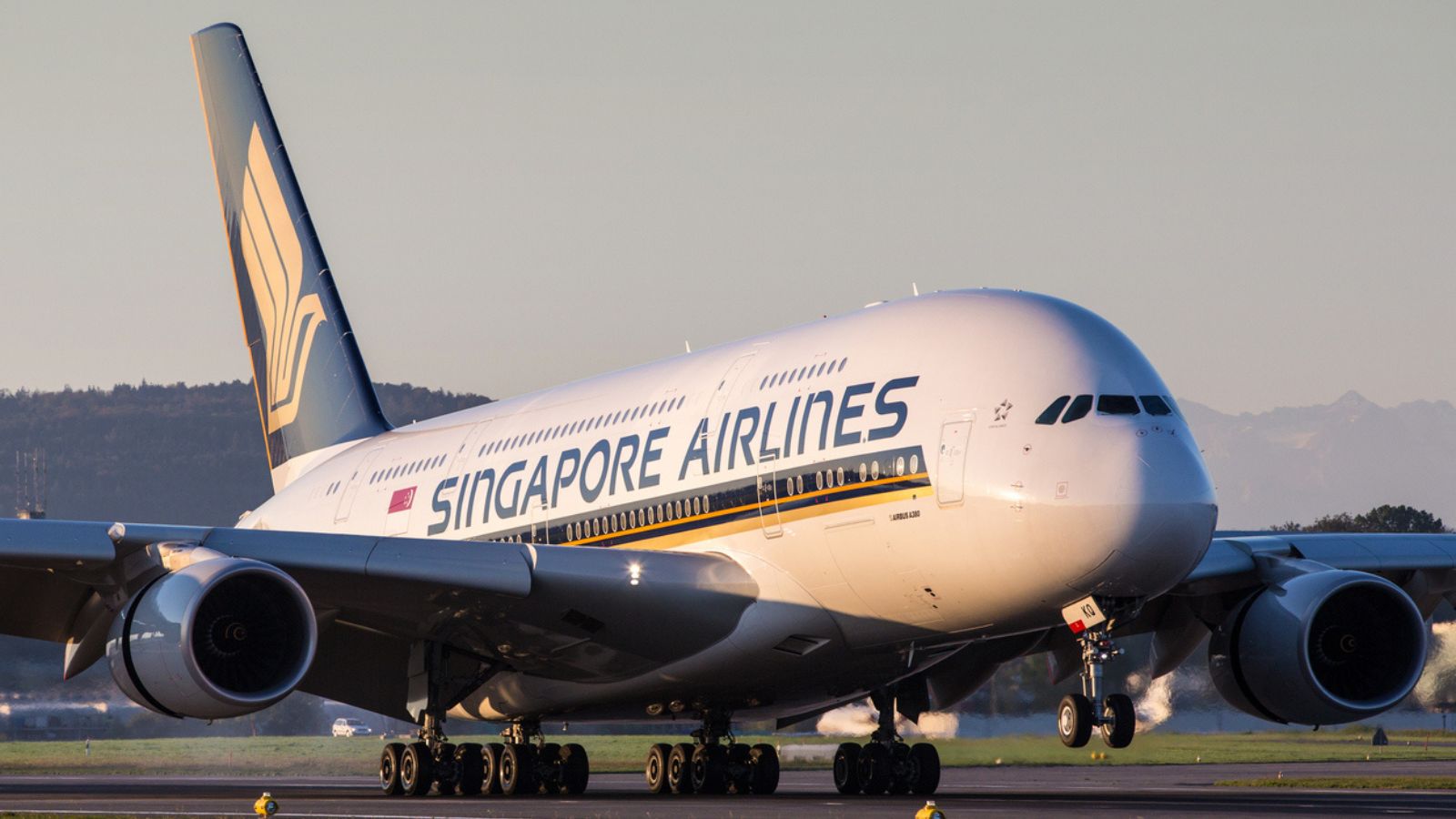In South East Asia, Singapore’s Changi Airport experienced the highest international growth last month. As the largest hub in the region, but with an entirely international network, the airport has arguably faced more challenges than its competitors – predominantly Kuala Lumpur and Bangkok – which have been able to rely on large domestic markets to boost traffic while international travel returns across the region. Singapore Airlines, along with Scoot, operated just over half of the airport’s capacity in May 2023.
Now, Singapore is ahead of both Bangkok and Kuala Lumpur in terms of recovery against 2019 capacity, marking an end to the disparity. With a 6% increase month on month, seat capacity in May 2023 reached 3m, just 13.8% behind the capacity level in May 2019.
The largest airline operating from Singapore Changi is of course Singapore airlines, which operated just over half of the airport’s capacity in May 2023, alongside Scoot. In June 2019, carriers in the Singapore Airlines Group (Singapore Airlines, Scoot and Silk Air) operated 7,458 flights across their networks. In June 2023 this number is 6,155, nearly 20% below 2019. Scoot, the low-cost arm of the group, is closer to recovery, with flights operating this month at just 1% below 2019 levels.
Asia Still Has Room To Grow
A look across the key country markets operated by Singapore Airlines in May 2023 shows that many of its core markets across Asia are still not yet fully recovered. Closest to 2019 levels are the Philippines (-13%), Vietnam (-16%) and India (-12%); but the largest markets, accounting for the greatest share of flights operated, such as Indonesia, Australia and China, are still, in some cases, considerably behind.
Indonesia, where pre-pandemic Singapore Airlines operated 46 flights per day on average, is currently operating 30 flights per day, and the number of flights available is down by 35%. Singapore Airlines operated a quarter of all flights between these two countries in May 2023, increasing to 42% if Scoot flights are included. Indonesia AirAsia is the next largest airline, with 20% of flights.
The key destinations served by Singapore Airlines in Indonesia are Jakarta, Bali, Surabaya and Medan. While Bali and Medan are back up to pre-pandemic levels, undoubtedly driven by the leisure market, the market between Singapore and Jakarta for Singapore Airlines remains almost one-third smaller than in May 2019. Similarly Singapore – Surabaya is also below May 2019, by just over one quarter. The recent news that Singapore Airlines and Garuda have finally announced their plans to launch a joint venture to expand cooperation and increase capacity between Singapore and Indonesia will (subject to them receiving regulatory approval) undoubtedly result in a capacity level closer to pre-pandemic levels.
Despite both countries having been open since 2022, Singapore-Australia is also currently below 2019 levels, with the majority of the reduced frequency being on the Brisbane route (22% below May 2019). Unsurprisingly the markets most affected are China and Hong Kong, as the pace of international outbound travel from China remains slow. Singapore-Japan is another country pair where frequency is not yet back to pre-pandemic levels - flights are still 40% lower than in May 2019.
Beyond Asia, the Singapore Airlines network recovery is taking place at different paces. Frequency to North America is now above the 2019 position, recording strong growth while most other regions, with the exception of Africa are close to 2019 levels.
Back to Black
Majority owned by the Singapore government, Singapore Airlines received US$13bn of funding to help during the pandemic and to facilitate its expansion afterward, which allowed the carrier to restructure and refocus on a return to profitability. The results of this were evident when they announced a post-pandemic return to profit in their full-year 2022 results, declaring the highest profit level in the airline's 76-year history. These record profits are undoubtedly built on pent-up demand and a period of higher-than-normal airfares. As other markets in the region recover and competition intensifies, fares are likely to fall, putting the pressure firmly back on Singapore Airlines and others to ensure their operations are as cost-effective as possible.
What Does The Future Hold?
Global issues with aircraft delivery will likely place constraints on Singapore Airlines' ability to expand as planned. Specifically, delays associated with the Boeing 787, 737Max and Boeing 777X will add pressure, as well as the carrier's decision to retire its fleet of 7 A380 aircraft during the pandemic. This means they need to backfill those affected routes with an A350 or Boeing 777-300ER, whilst finding a way to maximize yield.
This, along with increased regional competition means that for Singapore Airlines, returning back to 2019 levels is going to still take time, most likely into 2024.




